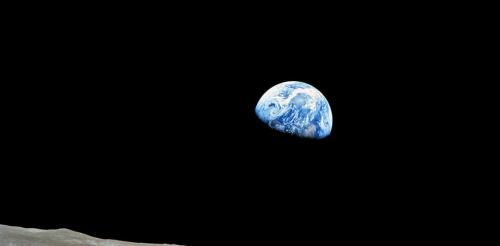Sun
During the most recent total solar eclipse visible in the U.S., on Aug. 21, 2017, the skies darkened as the Moon crossed in front of the Sun. It blocked out all sunlight – except for that from a golden ring visible around the Moon’s shape, called the corona. Not surprisingly, solar power generation across North America plummeted for several hours, from the first moment the Moon began to obscure the Sun to when the Sun’s disk was clear again. On April 8, 2024, another total solar eclipse will track across the U.S., causing perhaps an even greater loss of solar power generation. Although this will be the second total solar eclipse visible in the U.S. in under seven years, these events are a rare occurrence. Nevertheless, they present a unique challenge to power grid operators. I am a space scientist with a passion for teaching physics and astronomy. Though I have seen many partial eclipses of the Sun, I have yet to witness a total solar eclipse. My road trip to...
Curious Kids is a series for children of all ages. If you have a question you’d like an expert to answer, send it to curiouskidsus@theconversation.com. Why does a leap year have 366 days? Does the Earth move slower every four years? – Aarush, age 8, Milpitas, California You may be used to hearing that it takes the Earth 365 days to make a full lap, but that journey actually lasts about 365 and a quarter days. Leap years help to keep the 12-month calendar matched up with Earth’s movement around the Sun. After four years, those leftover hours add up to a whole day. In a leap year, we add this extra day to the month of February, making it 29 days long instead of the usual 28. The idea of an annual catch-up dates back to ancient Rome, where people had a calendar with 355 days instead of 365 because it was based on cycles and phases of the Moon. They noticed that their calenda...
Curious Kids is a series for children of all ages. If you have a question you’d like an expert to answer, send it to curiouskidsus@theconversation.com. Will the Earth last forever? – Solomon, age 5, California Everything that has a beginning has an end. But the Earth will last for a very long time, and its end will come billions of years after anyone who is alive here now is gone. Before we talk about the future of our planet, let’s review its history and when life appeared on it. The history of human beings is very, very short compared with that of Earth. 4 billion years old Our planet formed from a giant cloud of gas and dust in space, which is called a nebula, about 4.6 billion years ago. The first continent might have formed on its surface as early as 4.4 billion years ago. The atmosphere of the early Earth did not contain oxygen, so it would have been toxic to hum...
Curious Kids is a series for children of all ages. If you have a question you’d like an expert to answer, send it to curiouskidsus@theconversation.com. Why does the Earth spin? Sara H., age 5, New Paltz, New York A globe was the first thing I ever bought with my own money. I was maybe 5 years old, and I was really excited to take it home. As I quickly discovered, you can spin it in the direction that the earth actually spins. There’s an imaginary line between the North Pole and the South Pole. We call it the rotation axis. For the Earth, the rotation axis points toward a bright star, Polaris, which is visible on clear nights in the Northern Hemisphere. Satellite images over one day show Earth rotating on its axis. NASA/EPIC, edit by Tdadamemd If you want to know which way to spin your globe, make the...



